31/05/2022
Researchers from the Institute for Solid State Physics at the University of Tokyo, have developed a new formulation, Choetsu, a low-cost biodegradable coating that adds waterproofing and strength to simple paper. Choetsu is a combination of materials which, when applied to paper, spontaneously generates a strong and waterproof film when it makes contact with moisture in the air. The coating consists of safe and low-cost chemicals, mostly methyltrimethoxysilane, some isopropyl alcohol, and a small amount of tetraisopropyl titanate. Paper structures, for example food containers, are sprayed with or dipped into this liquid mixture and are dried at room temperature. Once dry, a thin layer of silica containing methyl, forms on the cellulose making up the paper and creates a layer of titanium dioxide nanoparticles, providing the strong and waterproof properties. Additionally, the porous silica–resin film has a high adsorptive capacity, efficiently capturing organic pollutants until they decompose via photocatalytic reactions. The coated paper can be used in place of the majority of plastics and degrades in an environmentally benign manner after disposal.
Photo Yoko Iwamiya, Daisuke Nishio-Hamane, Kazuhiro Akutsu-Suyama, Hiroshi Arima-Osonoi, Mitsuhiro Shibayama, and Zenji Hiroi. “Photocatalytic Silica-Resin Coating for Environmental Protection of Paper as a Plastic Substitute”. Industrial & Engineering Chemistry Research; 2022

30/05/2022
Next-generation of human implantable devices such as sensors, drug-delivery systems, and electroceuticals will require efficient, reliable, and highly miniaturized power sources. Existing power sources such as the Li–I2 pacemaker battery cannot be scaled down enough and therefore, alternatives are needed to power miniaturized implants. Work done by Scientists at the Technical University of Munich (TUM) and the Massachusetts Institute of Technology (MIT) has shown that ceramic electrolytes can be used in potentially implantable glucose fuel cells with unprecedented miniaturization. The glucose fuel cell consists of a cathode and an anode as well as an electrolyte layer. Glucose from the body is converted to gluconic acid at the anode, releasing protons. The electrolyte conducts these protons through the fuel cell to the cathode, where they recombinate with air to form water molecules. The electrons flow through an external electric circuit which can power an electronic device. This ceramic glucose fuel cell is composed of a freestanding membrane of thickness below 400 nm and fully integrated into silicon for easy integration into bioelectronics. All materials used are highly temperature stable, making thermal sterilization for implantation trivial. With fully scalable glucose powered cells other technological fields in renewables could be open up.Philipp Simons, Steven A. Schenk, Marco A. Gysel, Lorenz F. Olbrich, Jennifer L.M. Rupp: A Ceramic-Electrolyte Glucose Fuel Cell for Implantable Electronics, Advanced Materials, April 2022
Photo Pixabay

29/05/2022
Researchers at UC Riverside have found that the addition of iodide (I–) in the UV/sulfite system (UV/S) significantly accelerated the reductive degradation of Perfluorosulfonates and Perfluorocarboxylates, plastics with multiple very strong carbon-fluorine bonds, which are extremely hard to break. Photochemical degradation by UV light and sulfite (SO32−) is the most effective ways to break PFAS down. The original process used a lot of electricity and was not as effective, but the researchers have found that adding Iodide to the mixture results in the complete breakdown of the plastics in 24 hrs. Developing this system and adding it to water treatment works might prevent tons of these harmful chemicals escaping the water treatment works.
Zekun Liu et al.; Accelerated Degradation of Perfluorosulfonates and Perfluorocarboxylates by UV/Sulfite + Iodide: Reaction Mechanisms and System Efficiencies; Environmental Science & Technology 2022 56 (6), 3699-3709
Photo Pixabay
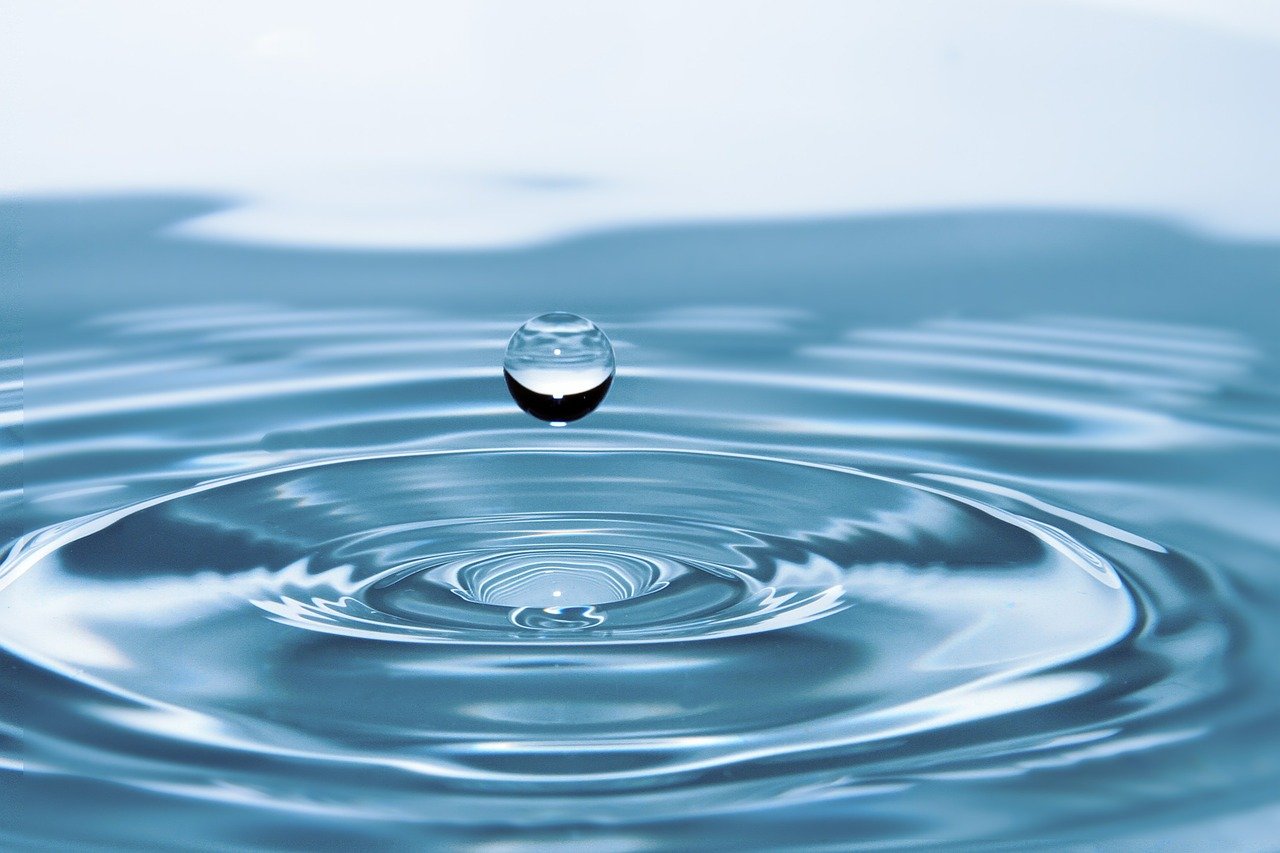
28/05/2022
Lithium metal anode is almost the ultimate choice for high-energy density rechargeable batteries, but its uneven electrochemical dissolution-deposition characteristics lead to poor cycle stability and lithium dendrites safety problems. The solution to these problems is to interfere electrodeposition process of lithium metal by placing a TiO2 membrane with a thickness of only ∼1 μm, which is designed to regulate the electrodeposition behavior of lithium metal, in which the ordered channels homogenize mass transfer process, the anatase TiO2 walls of the ion channels reduce desolvation barrier of solvated lithium-ions, and the spherical cavities with a diameter of ∼300 nm confine migration of the adsorbed lithium atoms during electrocrystallization to diminish overpotential of lithium.
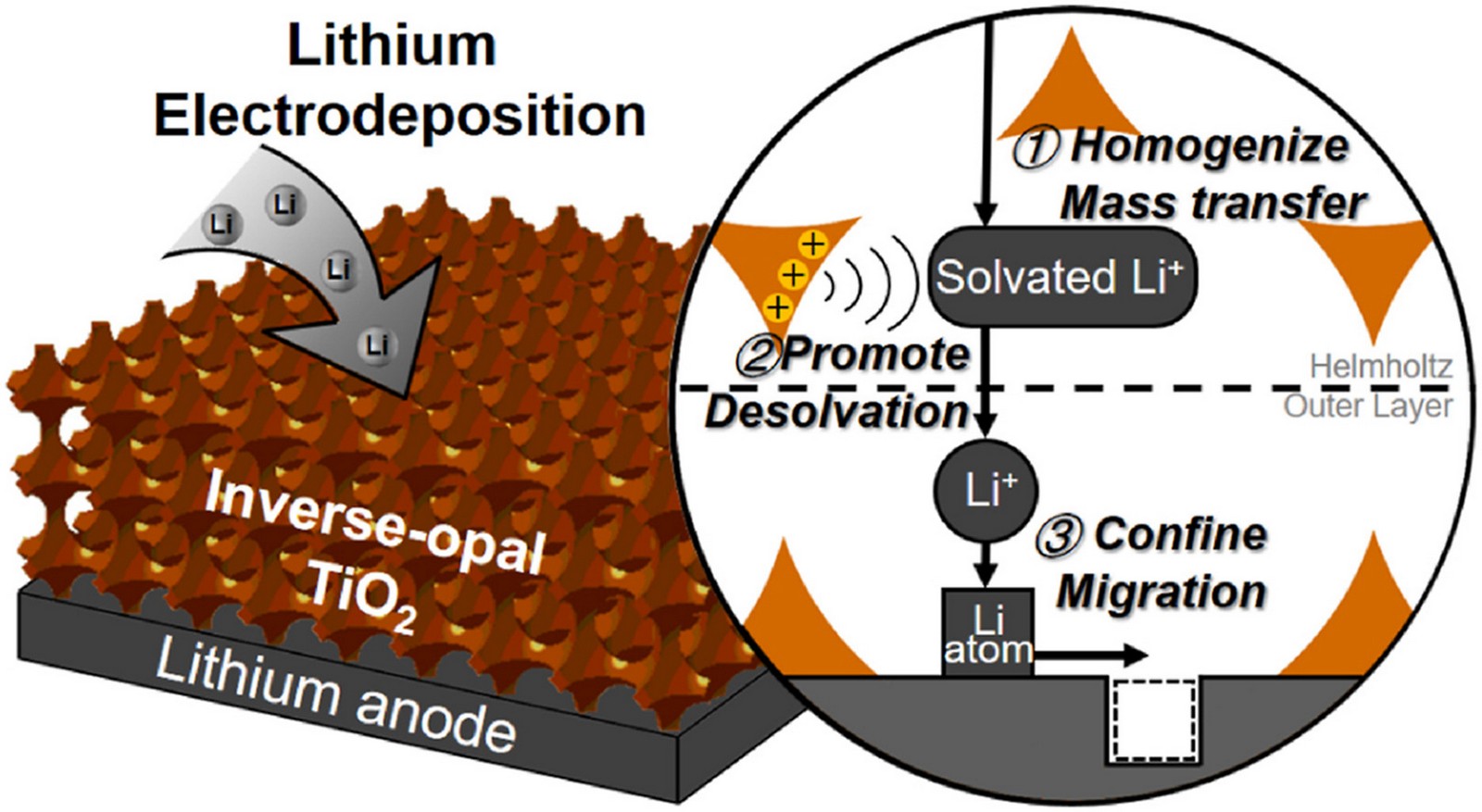
27/05/2022
Its long been known that burying the ash from fires helps improve the soil, but can burying burnt organic matter in the absence of oxygen help sequester carbon in the soil. Researchers at the University of Nottingham are asking farmers to bury burnt organic matter - essentially carbon in the soil as a means of locking the carbon in the soil and prevent carbon dioxide being produced. If organic matter is buried then microorganisms essentially break this material down into carbon dioxide, but burning the organic matter first produces just carbon, which is not such a good feedstock for bacteria so the material should be an excellent way of removing much of the carbon that would make carbon dioxide.
Photo Pixabay
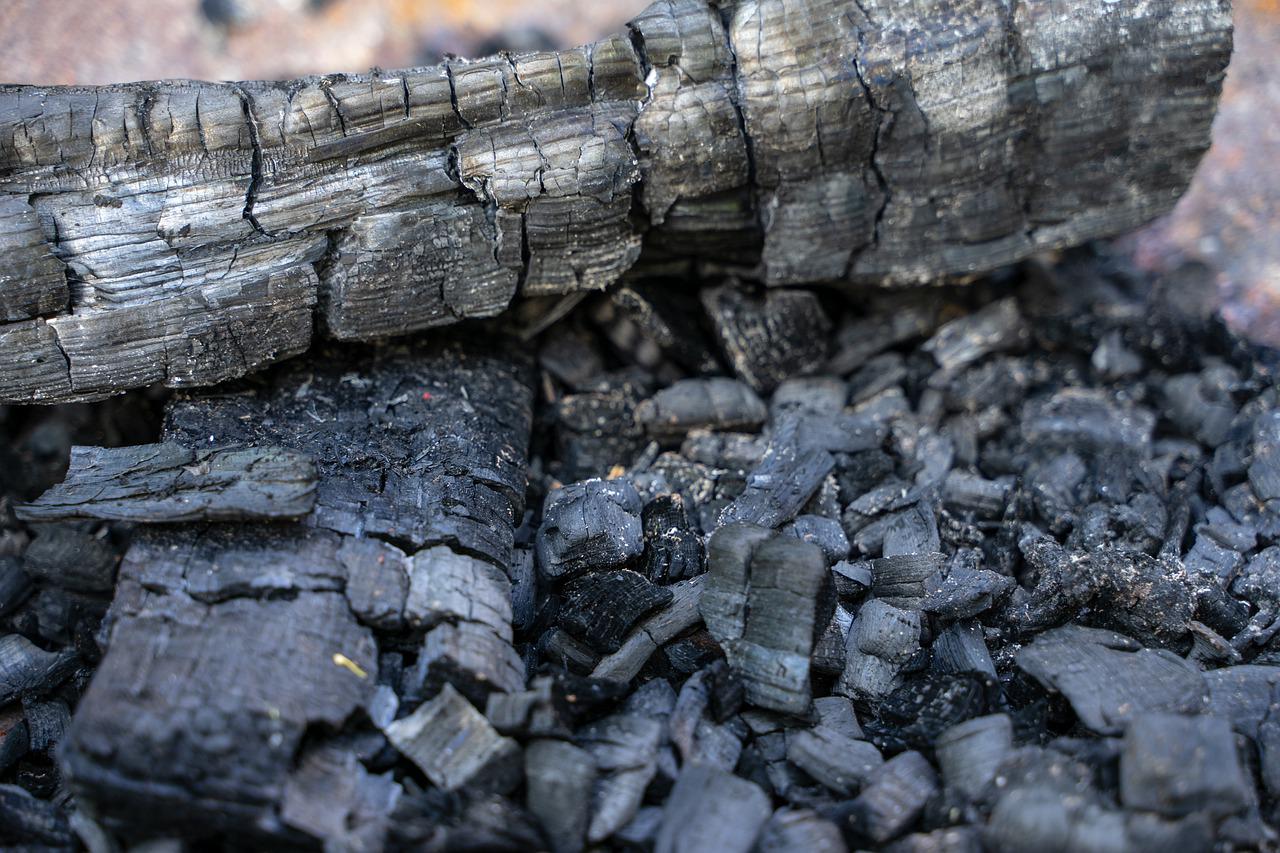
26/05/2022
The photocatalytic conversion of CO2 into transportable fuels such as formic acid (HCOOH) under sunlight is an attractive solution to the shortage of energy and carbon resources as well as to the increase in Earth's atmospheric CO2 concentration. The use of abundant elements as the components of a photocatalytic CO2 reduction system is important, and a solid catalyst that is active, recyclable, nontoxic, and inexpensive is ideal. The production of fuels like formic acid has attracted a lot of attention recently due to the fact that it can reduce excess CO2 emissions, and also help minimize the energy shortage by producing a usable fuel.
Photo Daehyeon An et al.; Alumina-Supported Alpha-Iron(III) Oxyhydroxide as a Recyclable Solid Catalyst for CO2 Photoreduction under Visible Light; Angewandte Chemie; 2022
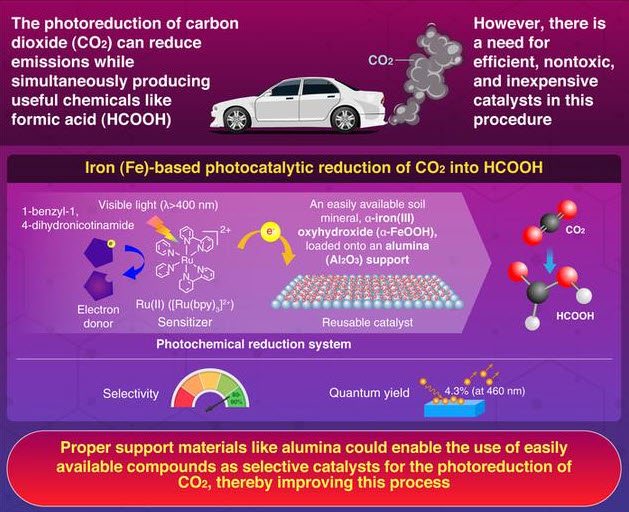
25/05/2022
Lithium-ion batteries are based on liquid electrolytes and are used in many mobile and stationary applications. However, their development is slowly reaching its limits. Solid-state batteries using solid electrolytes, which are under development, offer the promise of improving several important key performance indicators. The entire battery sector could benefit from this and from the continued development of Lithium-ion battery technology, which will remain dominant for the next few years. Solid-state batteries have the potential to outperform conventional Lithium-ion batteries in terms of energy density, since they allow the use of Li-metal anodes. In addition, they are considered to have a high safety level, because they don't contain flammable liquids. Hopefully their lifetime could soon even exceed that of liquid electrolyte Lithium-ion batteries.
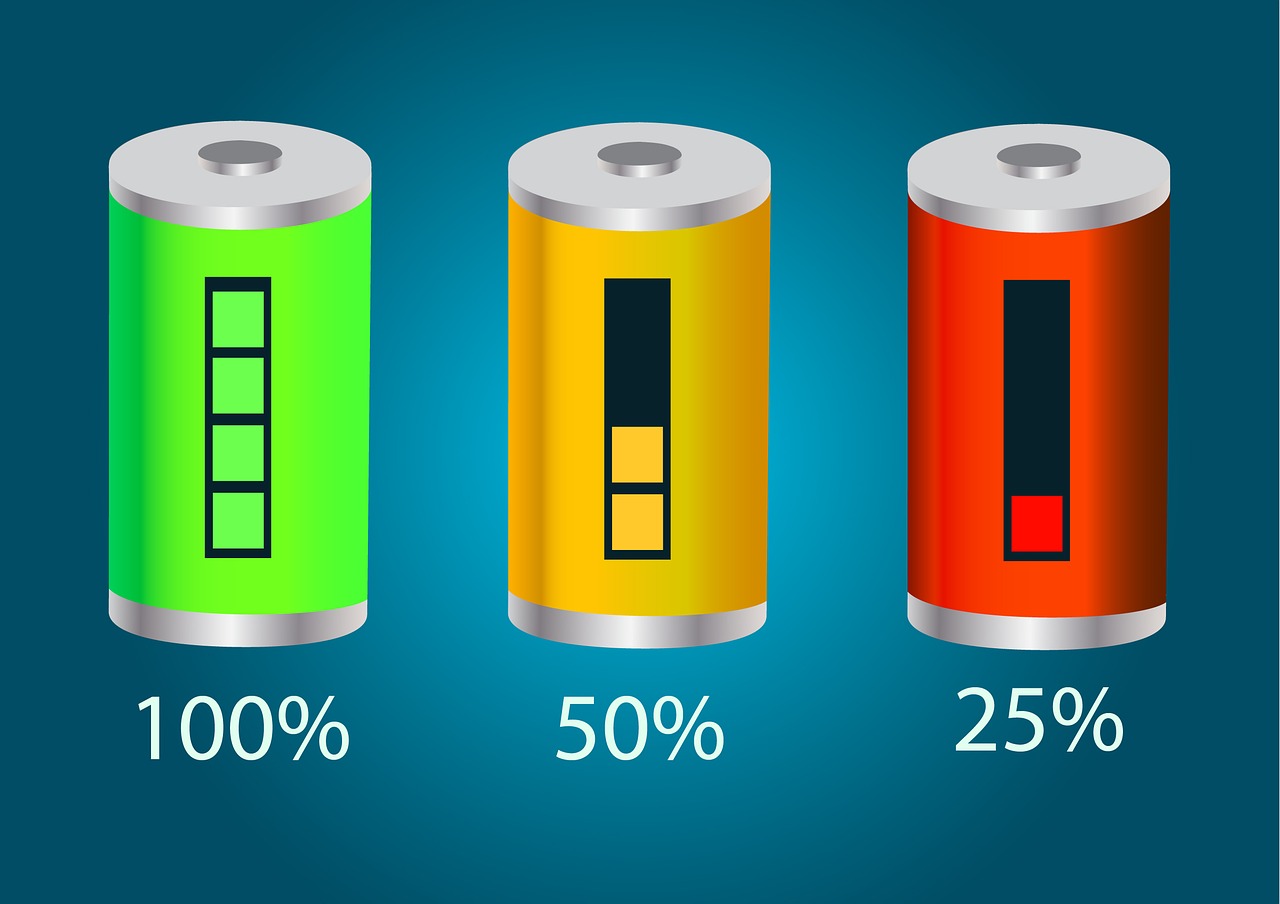
24/05/2022
Researchers from the University of Cambridge, have developed a low-cost device that can selectively capture carbon dioxide gas while it charges. Then, when it discharges, the CO2 can be released in a controlled way and collected to be reused or disposed of responsibly. Whilst the supercapacitor is charging the negative plate draws in the CO2 gas, while ignoring other emissions. Using this method, the supercapacitor both captures carbon and stores energy. The supercapacitor device, which is similar to a rechargeable battery, is the size of a two-pence coin, and is made in part from sustainable materials including coconut shells and seawater.Co-authors Israel Temprano and Grace Mapstone. Credit: Gabriella Bocchetti
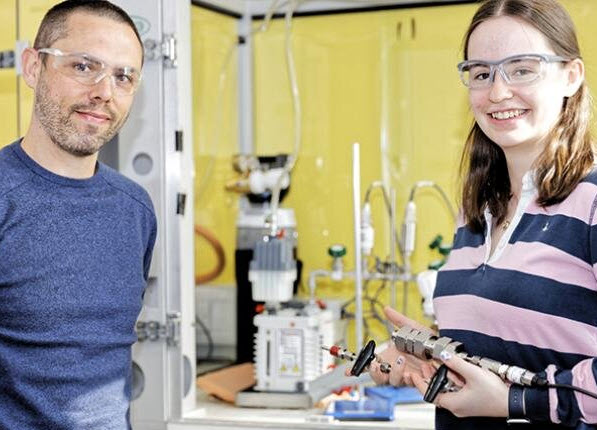
23/05/2022
Saturday, May 21 saw a Labor Party win in Australian federal politics. For over 10 years, the Liberal federal government has denied climate change and slowed the transition to renewable energy. Labor proposes exempting EVs from the 5% import tax and the 47% fringe benefits tax (a similar move to the UK government). The Australian Electric Vehicle Council estimates that a AUD$50,000 model (such as the Nissan Leaf) will be more than $2,000 cheaper as a result of removing the import tariff. If a $50,000 model is provided through employment arrangements, Labor’s fringe benefits tax exemption will save employers up to $9,000 a year.
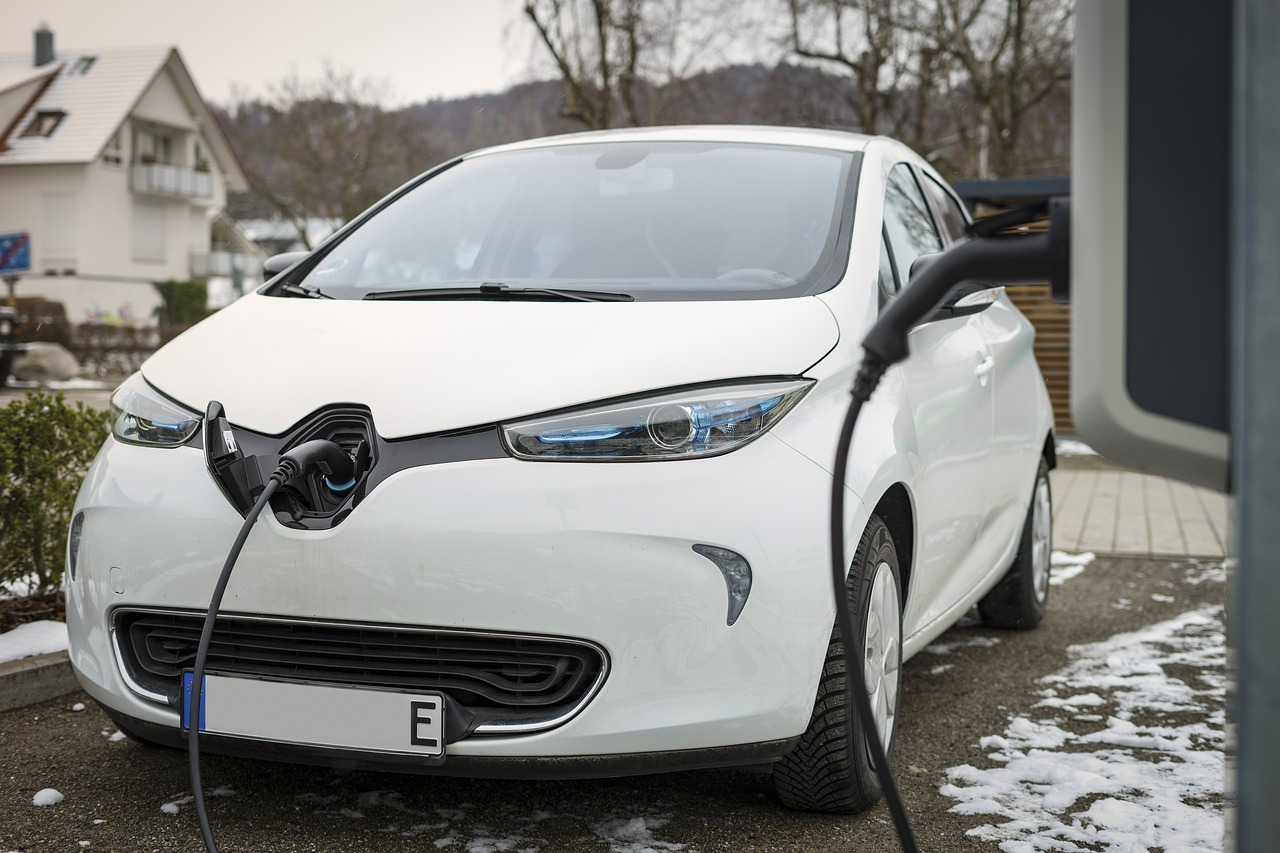
22/05/2022
There is a significant amount of research on PETase enzymes currently to help try and rid the world of our self made problem. Polyethylene terephthalate (PET) is a thermoplastic polymer consisting of the ester-linked monomers terephthalic acid (TPA) and ethylene glycol (EG). PET is widely used in the food packaging industry and for the manufacture of textile fibres. Several enzymes of bacterial or fungal origin able to modify or degrade PET have been described. Thermostable cutinases and their homologues have been shown to be the most efficient catalysts to hydrolyze the ester bonds in PET. Scientists at Leipzig University have recently discovered a novel polyester hydrolase (PHL7), isolated from plant composts with a high efficiency to degrade amorphous PET films and post-consumer PET thermoform packaging. The researchers 7th enzyme investigated PHL7 caused the PET to decompose by 90 per cent; in the same time, previous hydrolases managed a degradation of just 45 per cent. So this enzyme is twice as active as the previous best enzyme among polyester-cleaving hydrolases.
Photo Dr. Christian Sonnendecker et al.; Low Carbon Footprint Recycling of Post-Consumer PET Plastic with a Metagenomic Polyester Hydrolase; ChemSusChem
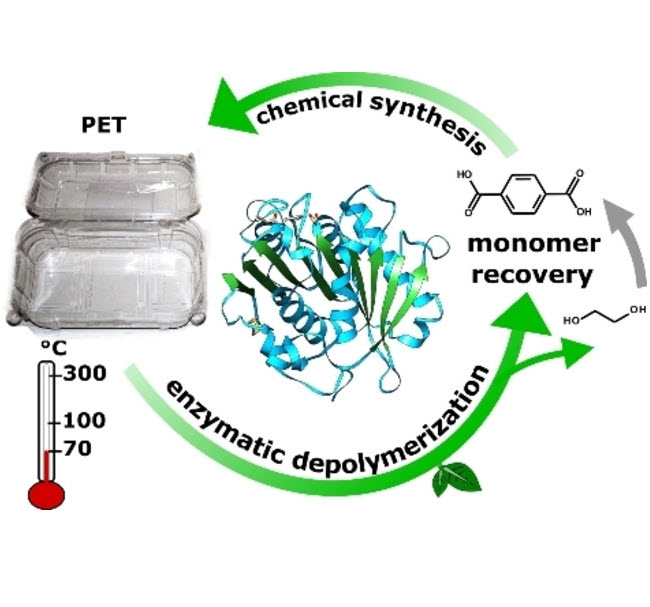
21/05/2022
Nearly all everyday items are produced from natural gas and crude oil. In light of the global climate change and energy independence, natural gas consumption must urgently be reduced. University of Stuttgart has developed a new procedure with which natural gas can be replaced by plastic waste and exhaust gas CO2. This means that new products such as plastics, foams, adhesives, paints, and varnishes can be produced entirely without fossil-based resources. The Cyclize process uses a non-thermal plasma generated by a self-developed and efficient electronic system. The plasma is first used to gasify the plastic waste. The resulting hydrocarbon CO2 gas stream is then reformed into synthesis gas. Photo Cyclize founder team: Jan Stein, Dominik Novakovic, Stephan Renninger, Maike Lambarth (left to right)

20/05/2022
It is interesting to see reports by the Met Office of how the dates of the cherry blossom In Japan have gradually moved earlier and earlier in spring until they are now 11 days ahead of what they were since records began 1200 years ago and how that this affects the economy.
https://www.metoffice.gov.uk/about-us/press-office/news/weather-and-climate/2022/kyoto-cherry-blossom-dates-shifted-by-human-influence
Photo Pixabay

19/05/2022
Researchers led by the University of Minnesota Twin Cities have invented a new device that electronically converts one metal into behaving like another to use as a catalyst for speeding chemical reactions. The fabricated device, called a “catalytic condenser,” is the first to demonstrate that alternative materials that are electronically modified to provide new properties can yield faster, more efficient chemical processing. The invention opens the door for new catalytic technologies using non-precious metal catalysts for important applications such as storing renewable energy, making renewable fuels, and manufacturing sustainable materials. The catalyst film, in this case, an amorphous 4 nm thick layer of alumina, is deposited on top of a graphene/insulator/conductor stack, and application of a voltage between graphene and the bottom electrode induces charge in the catalyst, thereby tuning the surface catalytic chemistry.
Tzia Ming Onn et al.; Alumina Graphene Catalytic Condenser for Programmable Solid Acids; JACS Au; 2022
https://pubs.acs.org/doi/10.1021/jacsau.2c00114# Photo Tzia Ming Onn
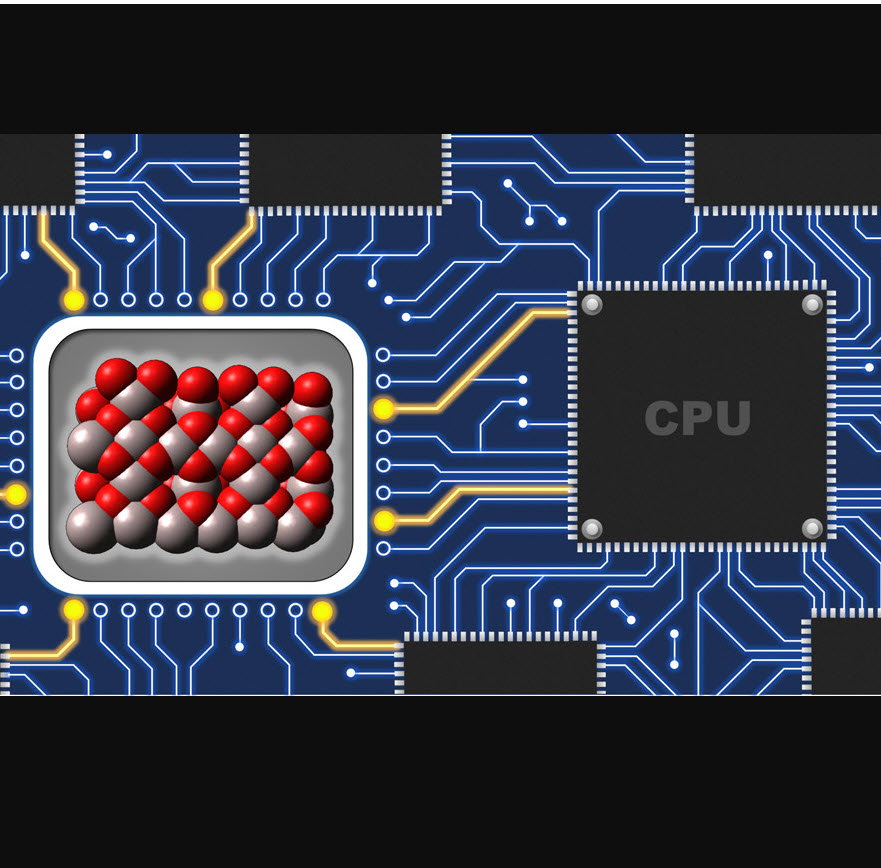
18/05/2022
There is already sufficient underground storage systems in the UK, potential sites, which could be converted, at a relatively low cost, to use for the storage of hydrogen. This is because these storage areas are naturally equipped with the necessary conditions needed to trap and store the gas, despite its very low volumetric density. Many of these forms of storage have been tested with natural gas since the 1990s, and salt caverns have long been used to store hydrogen, such as in Teesside in the North of England. The ultimate potential for green hydrogen storage under land and sea in UK territory is very large. It has been estimated at over 2600TWh could be stored, which is greater than the UK’s total annual energy consumption. The long-term hydrogen storage is needed because of the seasonal variation in demand and the variability of renewable generation.
Photo Pixabay

The European Commission recently announced REPowerEU, which outlines its plan to reduce the bloc’s dependency on Russian fossil fuels following the invasion of Ukraine. A significant part of this includes committing the EU to using a further 15Mt of green hydrogen by 2030. The UK is in an excellent position to support the growing global demand for hydrogen which will be worth $2.5trn by 2050. With the right support, the UK could meet national targets for sustainably produced or ‘green’ hydrogen and make enough to export to mainland Europe.
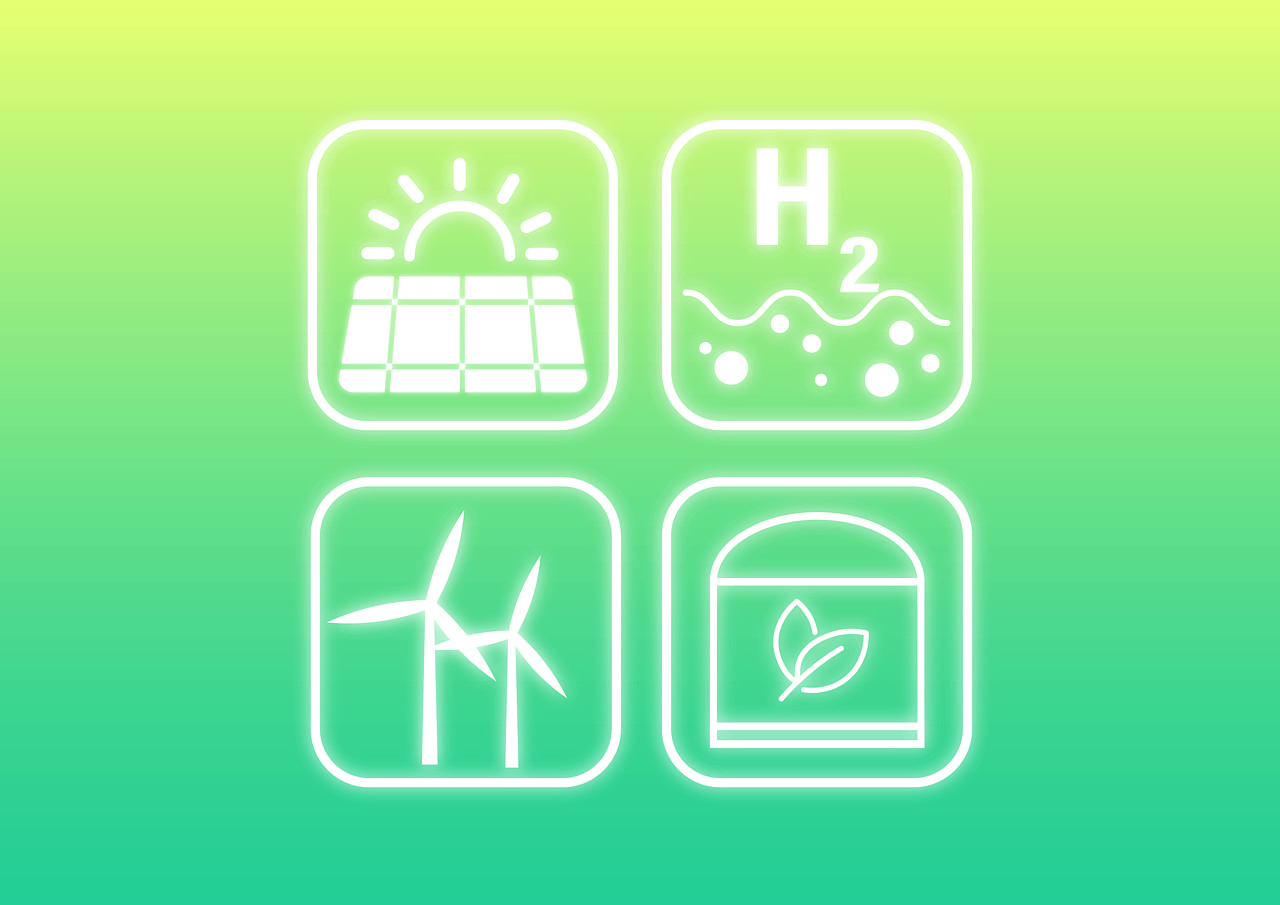
16/5/2022
Asking the simple question which industry makes
the most greenhouse gas emissions then it is simply the energy/chemical sector
producing nearly 75% of all greenhouse gas emissions with agriculture coming in
just under 20%. So if we can target the energy/chemical sector we could see
great reductions in the carbon dioxide produced by the use of carbon capture
and through other utilisation of the carbon dioxide. Although this is a big
area of chemical and electrical manufacture spending money on carbon capture
will significantly increase the costs of these materials, and with electric
prices skyrocketing at the moment adding more money onto these costs by
capturing the carbon produced maybe something that people are not prepared to
pay for even though we desperately need it. The savings are significant but are
we willing to pay for them?
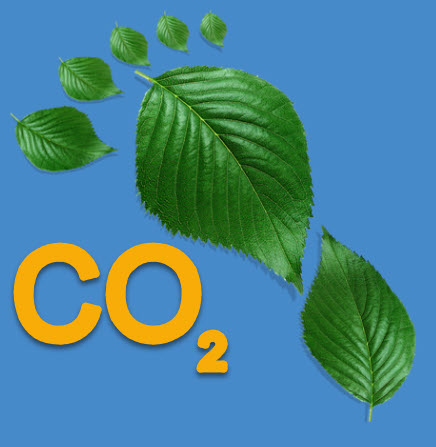
15/5/2022
The cost of producing ammonia, which is the primary source of nitrogen fertilizer, has increased six-fold in the past two years, and nearly all of these increases have occurred since March 2021. Ammonia prices follow natural gas prices because ammonia is produced primarily from hydrogen which is made from natural gas. Nitrogen-based fertilizer is essential for producing major crops such as corn and wheat. In most countries, nitrogen-based fertilizer is used for nearly all farms to increase the crop yield. With this massive increase there is no better time to grow organically. Many farming practices have changed over the last few years in the UK to become less reliant on manufactured nitrogen based fertilizers. It would seem that many other countries are going to have to adopt the same attitude if they are going to keep the cost of food production down. For much of the world the only way that farmers will cope is to pass these costs on with higher food prices which will push world inflation up even higher.
Photo Graph by the U.S. Energy Information Administration, based on data from Bloomberg
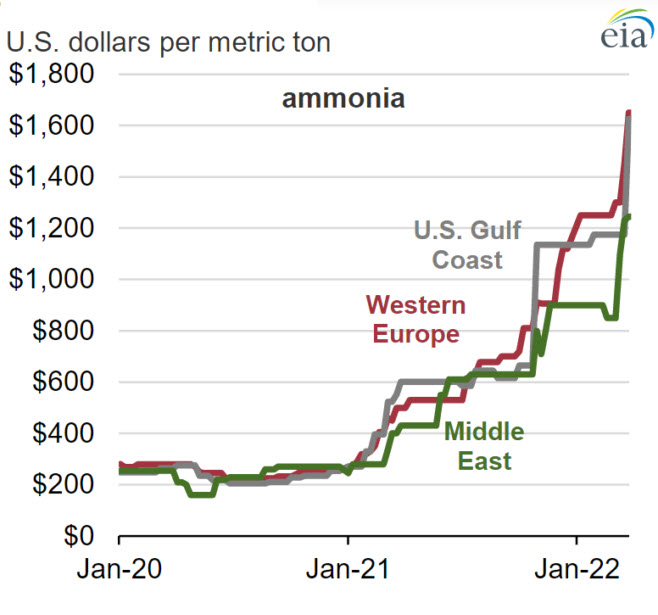
14/5/2022
Researchers of Stockholm University has for the first time been able to study the surface of a copper-zinc catalyst when carbon dioxide is reduced to methanol. The industrial production of methanol is a catalytic process where a mixture of carbon monoxide (CO), carbon dioxide (CO2) and hydrogen (H2) reacts to methanol (CH3OH). The catalyst consists of a mixture of copper, zinc oxide and aluminium oxide. However, the underlying function and the chemical state of the catalyst constituents during the reaction has never been solved until now. In the study the researchers were able to determine different behaviours of the catalyst´s surface depending on the fraction of CO and CO2 in the gas mixture. This is a starting point to optimize existing systems or even finding better catalysts. The team now have the tools to conduct research leading to possible other catalyst materials that can be used better to fit together with electrolysis-produced hydrogen for the green transition of the chemical industry, which today is completely fossil-based and accounts for 8% of the world-wide carbon dioxide emissions. Peter Amann et al.; The state of zinc in methanol synthesis over a Zn/ZnO/Cu(211) model catalyst; Science; 5 May 2022
Photo Stokholm University
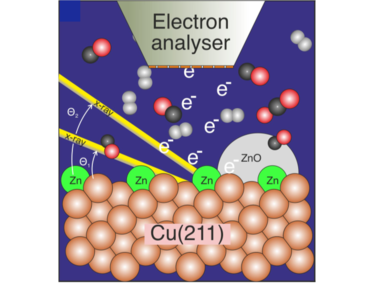
13/5/2022
Researchers at the U.S. Department of Energy’s Argonne National Laboratory have used machine learning to predict the lifetimes of a wide range of different battery chemistries. By using experimental data gathered from a set of 300 batteries the scientists can accurately determine just how long different batteries will continue to cycle. Battery lifetime is of fundamental importance for every consumer. Currently the only way to work out how the capacity in a battery, is to actually cycle the battery. Batteries don’t last forever, and how long they last depends on the way that we use them, as well as their design and their chemistry. the studies have shown that machine learning tools can predict lithium-ion battery lifetimes from 100 or fewer preliminary cycles, representing only a few weeks of cycling and with this information new and better designs can be made.
Photo Pixabay
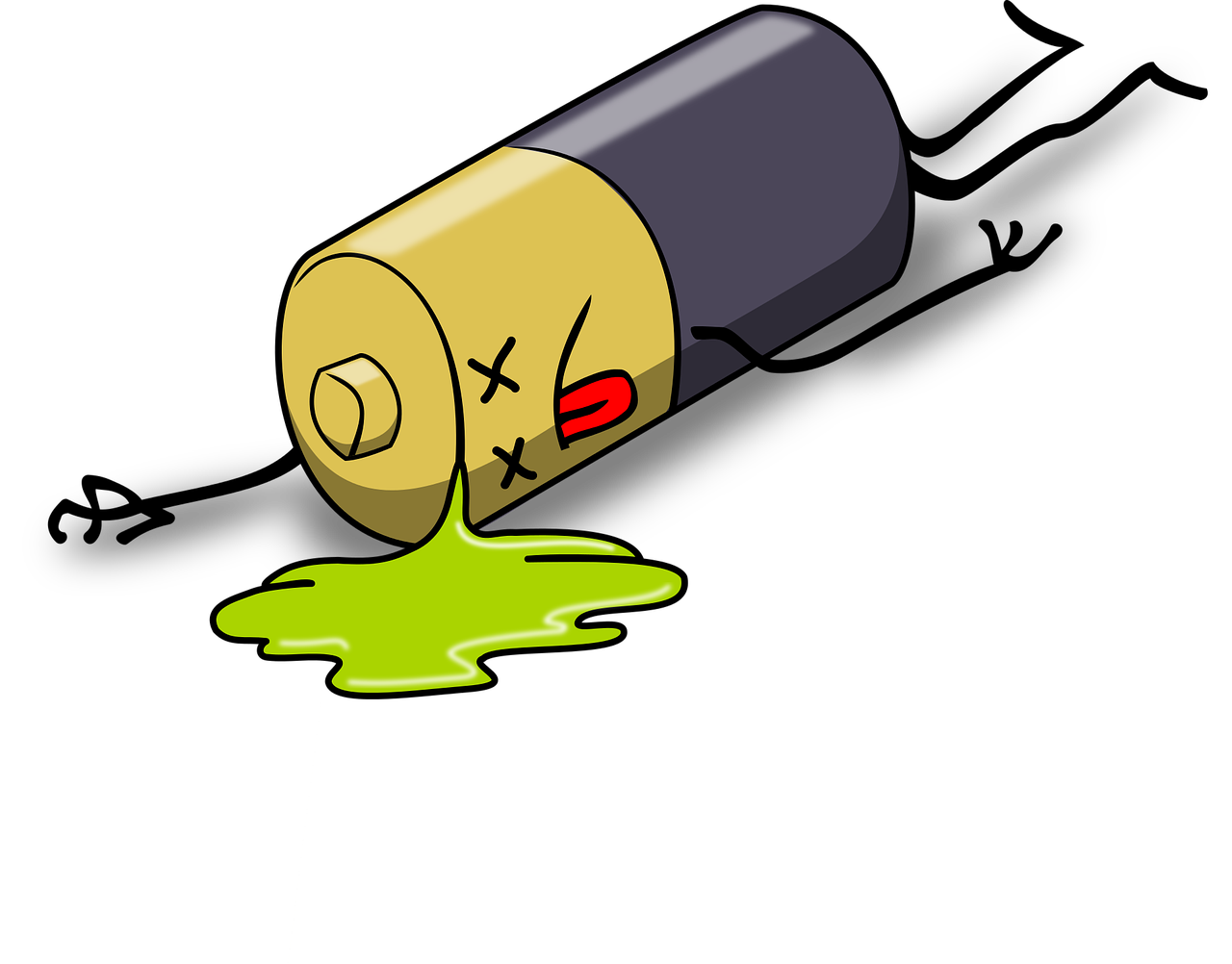
12/5/2022
The land surface temperatures in India were recorded as 62C. That temperature is unbearable to walk on. Schools across India had needed to close early for the summer, because they are unable to operate amid the extreme heat and the resulting power outages. A massive glacial lake outburst in Pakistan wiped out a bridge, two power plants, and flooded a village as the record-breaking, months-long heatwave grinds on. The Record-high temperatures have accelerated the ice and snow melt, feeding a lake near the Shishpar glacier in northern Pakistan’s Hunza District so fast, that it breached its ice dam and dumped 10,000 cubic feet of water per second down the valley. Residents had sufficient warning to evacuate, but the flooding destroyed agricultural land, power projects and some homes. This glacier melting is worrisome because it’s now happening on an almost annual basis, All of this is related to climate change.
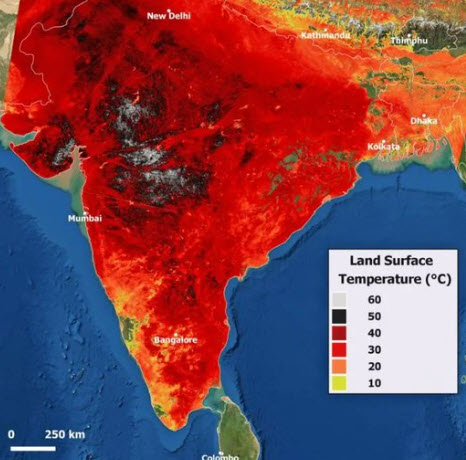
11/5/2022
Solarfields, a company based in the Netherlands has created a 35 MW solar power carport using 90,000 solar panels, in Biddinghuizen which is the site for the annual Lowlands music festival. The festival receives tens of thousands of visitors each year, so the parking area covers 35 hectares and provides 15,000 covered parking spaces. This carports is an effective site for solar power installations because it has a huge flat surface that can't easily be used for anything else. The festival has been working for years to make itself more sustainable. Generators were used to generate almost all electricity. No using the wasted space the festival can be powered by solar and batteries and when the festival is not on the power can be added to the grid to provide enough green energy for about 10,000 households.
Photo Solarfields
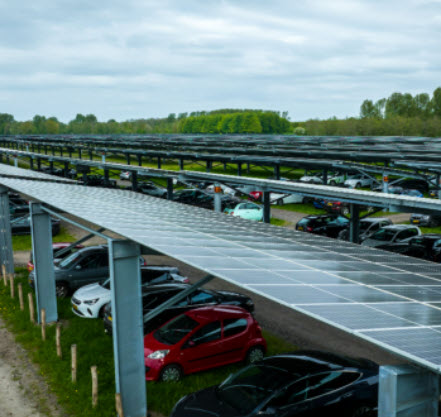
10/5/2022
Historically, the emphasis
has been put on making stuff, and few people have cared about what to do with
all the junk left as a by-product. A new AI computer synthesis platform called Allchemy has
the ability to identify different drugs and agrochemicals that can be made from
the chemical by-products. The software can simply try all the options and
finally solve a problem no human chemist would ever be able to tackle because
of its sheer volume. After predicting feasible synthetic routes, the program
applies environmental, economic and geographic considerations to rank the
reactions and even suggests greener alternatives to the known pathways.
A Wołos et al, Nature, 2022, 604, 668 (DOI: 10.1038/s41586-022-04503-9)
Photo Pixabay

9/5/2022
Russia is the 2nd biggest oil exporter in the world and Europe is its biggest customer. Russia currently supplies one out of every four barrels of oil consumed in Europe, two thirds of which is used in transport. The UK has announced a ban on Russian oil imports and the European Union has announced a phase out of Russian oil imports by the end of 2022. In 2020, almost three quarters of the extra-EU crude oil imports came from Russia (29 %), the United States (9 %), Norway (8 %), Saudi Arabia and the United Kingdom (both 7 %) as well as Kazakhstan and Nigeria (both 6 %). A similar analysis shows that over three quarters of the EU's imports of natural gas came from Russia (43 %), Norway (21 %), Algeria (8 %) and Qatar (5 %), while more than half of solid fossil fuel (mostly coal) imports originated from Russia (54 %), followed by the United States (16 %) and Australia (14 %).
A great tool to use at https://ec.europa.eu/eurostat/cache/infographs/energy_trade/entrade.html?lang=en&lang=en&lang=en
Photo Eurostat

8/5/2022
It may not be very hot, but the sun has been shining and the first weeks figures for May don't look to bad on the Sunshine front. More good weather is forecast. So far we have had quite a few heavy showers and a bit of sunshine which is good for the plants.
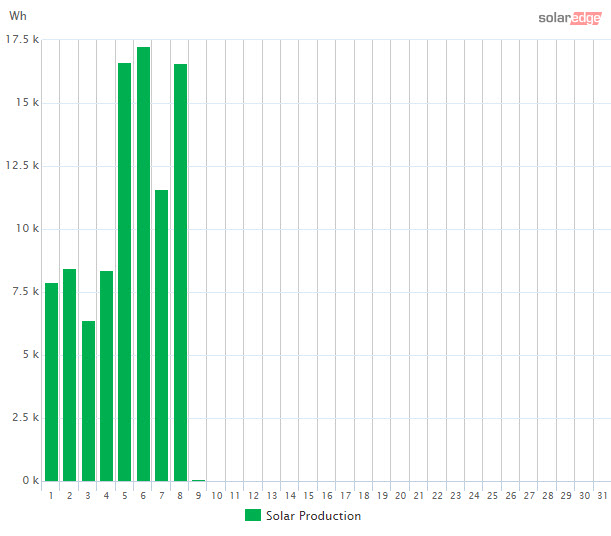
7/5/2022
Water is very much seen to be the enemy of the lithium ion
battery. Typically these batteries need to be produced under extremely dry
conditions if they’re going to hold large amounts of charge. Lithium reacts
well with water and can cause serious fires. Researchers at US Department of
Energy have discovered a new specific type of lithium ion battery that can work
if there are some amounts of water in them. This new battery has a different
electrolyte composed of two kinds of salts a lithium salt and an ionic liquid.
By using this type of battery lithium batteries can be made cheaper because
they don’t need such stringent and he water moisture controls in the production.
This could make the production of battery’s cheaper easier and more
environmentally friendly.
Qian Liu, Wei Jiang, Zhenzhen Yang, and Zhengcheng Zhang; An Environmentally Benign Electrolyte for High Energy Lithium Metal Batteries; ACS Appl. Mater. Interfaces 2021, 13, 48, 58229–58237
Photo Pixabay

6/5/2022
Researchers and two Chinese universities have developed a hybrid electro-biosystem, coupling spatially separate CO2 electrolysis with yeast fermentation, which efficiently converted CO2 to glucose with a high yield. Upcycling of carbon dioxide into value-added products represents a substantially untapped opportunity to tackle environmental issues and achieve a circular economy. Compared with easily available C1/C2 products, nevertheless, efficient and sustainable synthesis of energy-rich long-chain compounds from CO2 still remains a grand challenge. The researchers employed a nanostructured copper catalyst that stably catalysed pure acetic acid production with a solid-electrolyte reactor. They then genetically engineered Saccharomyces cerevisiae to produce glucose in vitro from electro-generated acetic acid by deleting all defined hexokinase genes and overexpression of heterologous glucose-1-phosphatase. They also showed that that the proposed platform can be easily extended to produce other products like fatty acids using CO2 as the carbon source. These results illuminate the tantalizing possibility of a renewable-electricity-driven manufacturing industry.
Zheng, T., Zhang, M., Wu, L. et al. Upcycling CO2 into energy-rich long-chain compounds via electrochemical and metabolic engineering. Nat Catal (2022).
Photo Shenzhen Institute of Advanced Technology
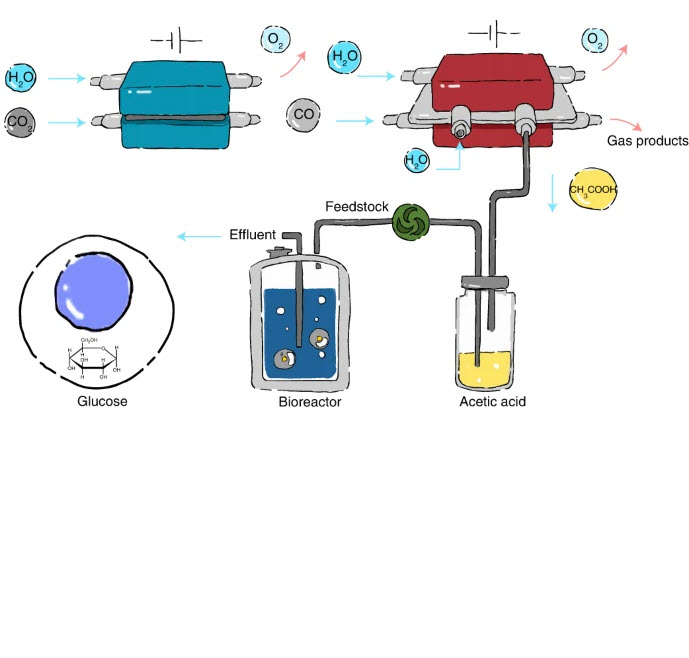
5/5/2022
Scientists at The University of Texas have created a new enzyme variant can break down polluting plastics that would typically take many hundreds of years to break down in, just a matter of hours. The project focused on polyethylene terephthalate (PET), a widely used polymer found in a considerable amount of consumer packaging, such as squash bottles, fruit and salad packaging, and some types of fibres and textiles. PET is thought to account for 12% of all global waste. The enzyme was able to break down these plastics into their monomers in as little as 24 hours. The researchers used a machine learning program to generate novel mutations to a natural enzyme called PETase that allows bacteria to degrade PET plastics. The model predicts which mutations in these enzymes is the most likely to depolymerize the plastic at room temperatures. Once the simulations are done the enzyme can be synthesised and tried out. Research on enzymes for recycling plastics like PET have advanced a lot during the past 15 years. However, until now, no one had been able to work out how to make enzymes that can operate efficiently at low temperatures on a large industrial scale. The new enzyme FAST-PETase can perform the recycling process at less than 50 degrees Celsius.
Photo Pixabay
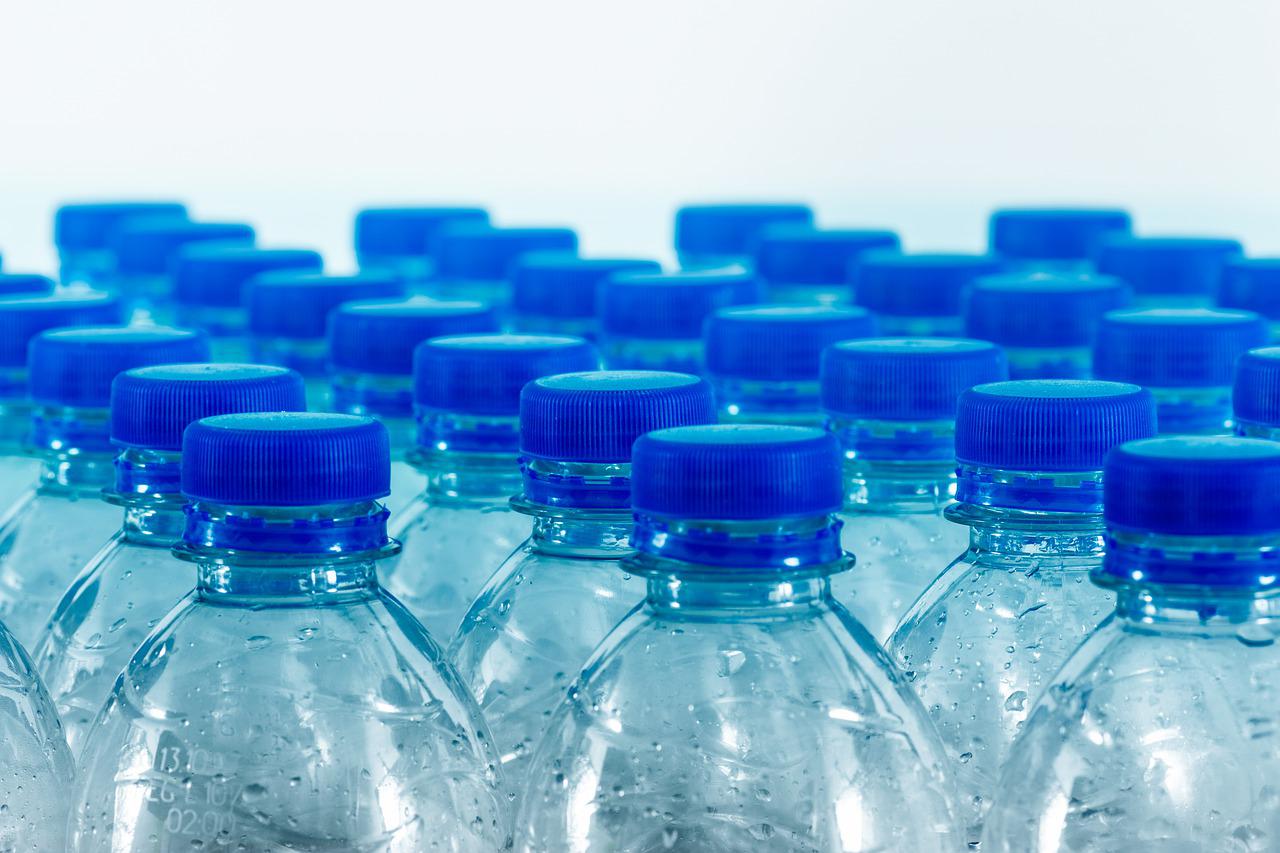
4/5/2022
In many places microfibers are already sometimes added to concrete to strengthen it, but using them is expensive. The microfiber-reinforced concrete can reduce the amount of cement needed for a project and possibly make the concrete last longer, saving carbon emissions as well as money for builders and owners. The manufacture of cement for concrete is a greenhouse gas intensive process. One way of of decreasing the amount of cement used and disposing of the masks, is to incorporate the old masks into a cement mixture to create stronger, more durable concrete. Made of a polypropylene or polyester fabric where it contacts the skin and an ultra-fine polypropylene fibre for the filtering layers, the medical masks have fibres that can be useful for the concrete industry. If they are not reused, disposable masks can remain in the environment for decades and pose a risk for the ecosystem. Researchers at Washington State University have showed that the mixture using mask materials was 47% stronger than commonly used cement after a month of curing.Photo Pixabay
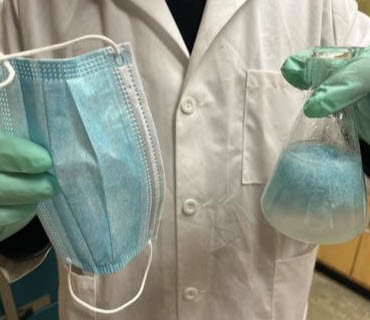
3/5/2022
Last month the United Nations adopted a global and legally
binding treaty that proposes that, by the end of 2024 they will be ending
plastic pollution. Governmental negotiations will begin soon, but this is only
going to work if a cap can be placed on the production of new plastics, with a
plan to have them phased out completely. Whether the amount of plastic
pollution can be cut is doubtful.
It is estimated that even with these cuts the amount of plastic
will only be cut by 79% over the next 20 years and even after 2040, some 17.3
million tonnes of plastic will be continued to be released into the environment
every year. The only way to prevent this plastic pollution is to phase out new
plastic production by 2040. There is a lot of pressure from environmental
activists to get rid of this plastic, but the use of plastic is so well
imbedded in the world populations that this is going to be extremely hard to
achieve.
Photo Pixabay
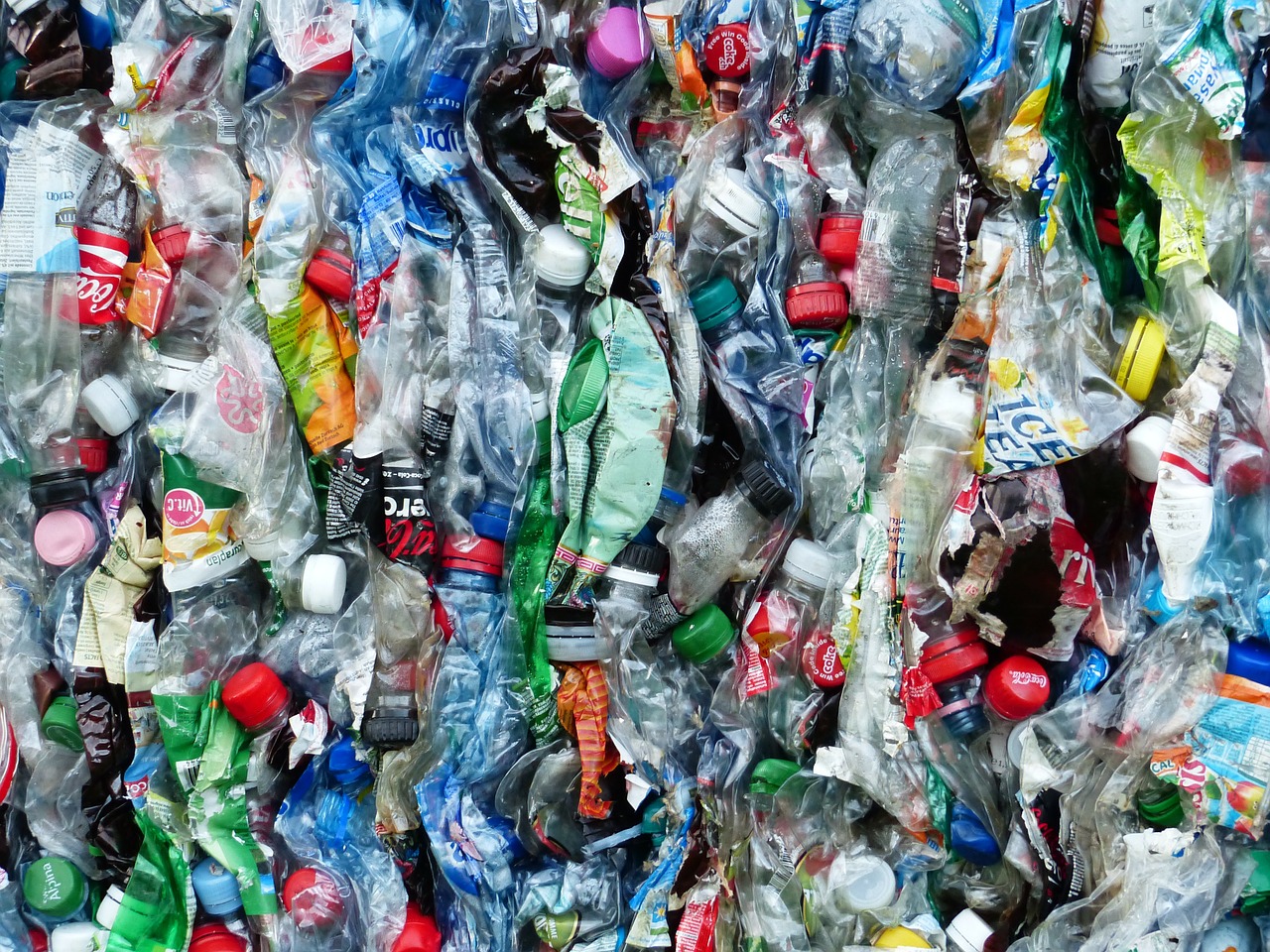
2/5/2022
In a week where we’ve been looking at air particulate emission
and the fact that the UK is above The Who maximum limit virtually throughout
the country it’s interesting to note that tyre wear is the second largest
microplastic pollutant in our ocean after single use plastic and it accounts
for up to 50% of the air particulate emission from road transport. Every time
we break every time we accelerate or return a corner the tyres wear out as they
rub across the road. The particles become airborne and affect our lungs. Even
more are swept into our waterways and oceans and eventually enter our food
chain. Electric vehicles are predicted to increase this due to their added
battery weight and torque. The tyre collective have been working on a device
that directs and captures these charged particles off of a tyre currently
capturing about 60% of all the airborne particles. Let us hope with suitable
funding this machine can become a reality.
Photo thetyrecollective
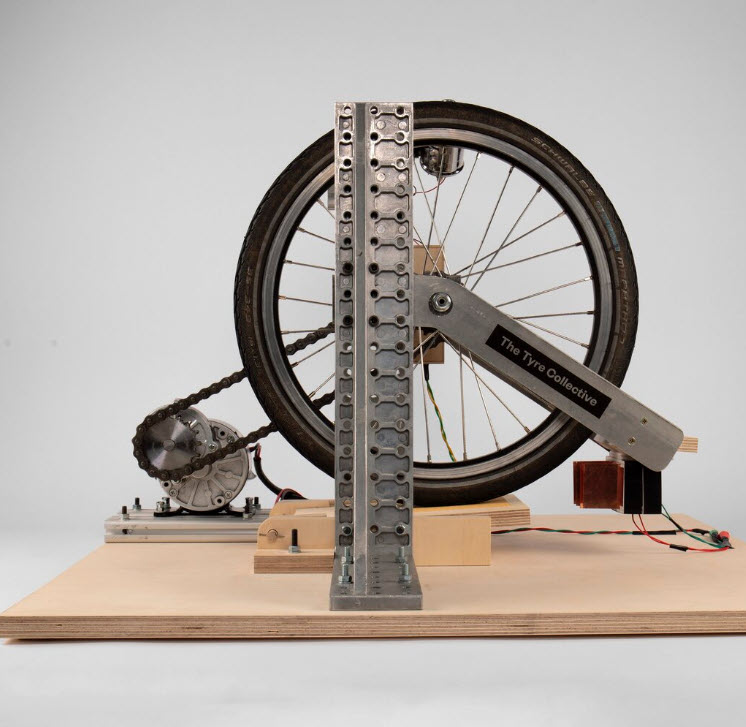
1/5/2022
It’s been known for a long time that broken rock or rock-dust
can absorb vast amounts of carbon dioxide from the air. Getting all the UK
farmers to spread rock-dust across all of the UK’s farmland could managed to
sequester virtually half of the amount of carbon dioxide that the country needs
to remove to achieve its net zero target by 2050. Researchers at the University
of Sheffield have looked at statistics from past Basalt mining and new
sophistication models on soil chemistry to find that sprinkling rock dust on
the UK fields could allow for the absorption of between 6 and 30 million tonnes
of carbon dioxide a year, which is about 45% of the carbon needed to be removed
from the country. The cost of doing this is much cheaper than using many other
types of direct carbon capture technology. This research is still very much new
and tested but with current trials going on this does look like a hopeful way
of solving our carbon dioxide crisis.
Photo Pixabay
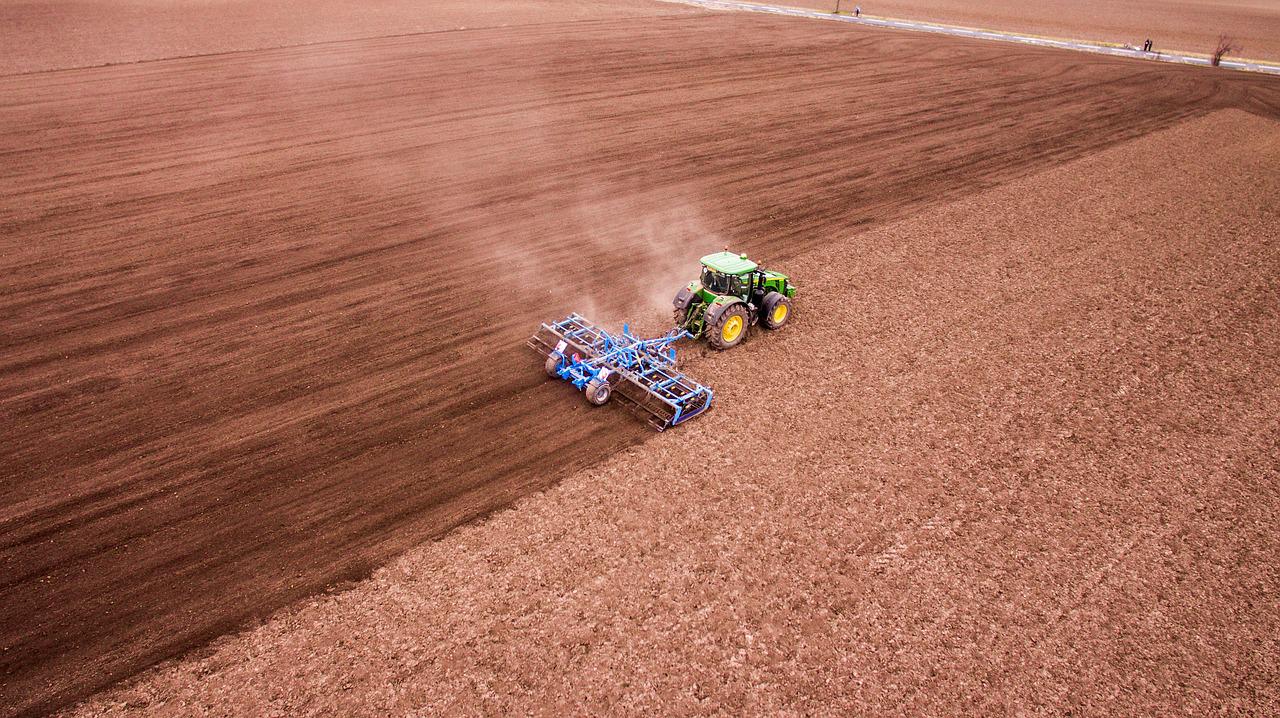
Another good April. Not quite as good as the last two but in our top four. Quite dry and cool but relatively sunny. View Data
New ways, New technology